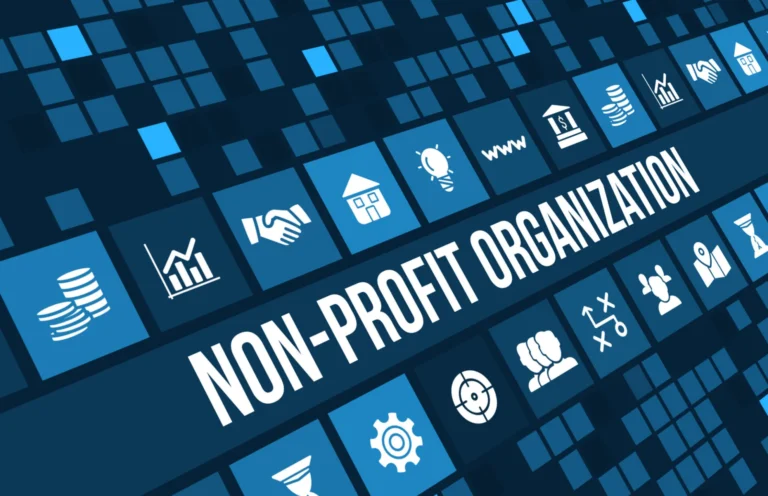Navigating Diverse Portfolios: The Crucial Role of Executive Assistants in Supporting Investors Across Multiple Sectors

In the dynamic landscape of today’s global markets, savvy investors are diversifying their portfolios across a spectrum of sectors to maximise returns and mitigate risks. In conclusion…

